Chicken Nest Boxes – Think Outside The Box
Nest boxes play an important (and fun) part of raising chickens. There are dozens of everyday items that can function nicely as a nest box. In this article we’ll take a look at a few popular nest box options and where to find these items.
Wood Nest Box
Traditional wood nest boxes work great. Since I like to tinker with wood projects, I readily accepted the fun task of building some for my coop.
The suggested size for chicken nest boxes is a minimum of 12″ wide, 12″ high and 12″ long (see picture for example). This can vary a little, and that’s just fine. My nest boxes are about 2″ larger than this and work just fine.
For Bantams and other small chicken breeds, you can even make them a couple inches smaller. You can fill your boxes with straw or place some type of padding down on the bottom so the eggs won’t crack when they lay them (more on this below).

A huge selection of nest boxes can be found at Amazon.
Five Gallon Pail Nest Boxes
These are dandy nest box ideas! The buckets can be purchased fairly cheaply at any farm store, Home Depot, or your local hardware store.
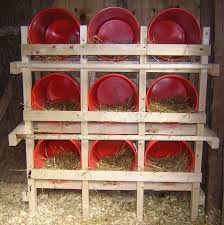
I was able to find FREE buckets from my local grocery store bakery! They often have old buckets of frosting left over from making those delicious cakes, pastries and the like. You can nab those for free – all I had to do was clean out the frosting residue and they were good to go.
They are easy to make and contain the bedding nicely, reducing some of the mess chickens are known for.
Because they’re made of plastic, they are also easy to clean. How you design them is up to you, but you’ll need a way to keep them from rolling side to side.
Milk Crate Nest Box
A similar concept to 5 gallon buckets, egg crates can work great as nest boxes too. It involves cutting out a hole in the side of the box just big enough so they can step inside their newly found egg laying haven!
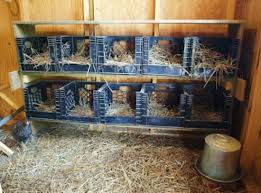
These boxes are easy to find as well – check convenience stores, grocery stores, restaurants. Any business that sells milk is bound to have some. Or you can buy them new at a fairly reasonable price online from Staples, Walmart, Target…well, you get the idea.
A great advantage of milk crates is they are often made of very rigid, tough plastic for added durability. They also sit nicely on the ground or shelf and are less work to secure in place than 5 gallon nest boxes.
Plastic Nest Boxes
By now I bet you’re getting the idea…ANYTHING that is close to the desired dimensions for a chicken nest box can be used as such! Plastic nest boxes are no exception. These may not be as strong as 5 gallon or milk crate options, but can be found much cheaper at nearly any store…sometimes even “The Dollar Store,” will have them!
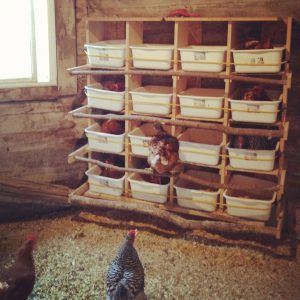
These boxes are light in weight so will need to be enclosed or secured so that they don’t tip over from chickens crawling inside. But it’s a brilliant, affordable chicken nest box idea!
To read more about building or buying your coop, see this article.
Buying Nest Boxes
Ok, so maybe you’re looking these options and thinking…”why don’t I just BUY one?” I completely understand the rationale behind this! Having a full time job and large family, I like to save as much time as I can for them. So if you have the time, money, or desire to buy a nest box instead of build one, there are many options here!
What’s nice about these models is that they are already to be installed in your coop so you’ll save a ton of time on the installation, therefore leaving you with more time for your family.
A cool video on nest boxes!
Nest Box Bedding Ideas
I didn’t want to discuss nest boxes without talking about what type of bedding should go inside the box. I originally put straw in the bottom as cushioning for the hens to lay in so the eggs won’t crack once laid.
The only downside of straw or any type of loose bedding is that they often scratch and kick it out of the box, then lay eggs on the hard surface below, which can lead to a gooey mess.
If you’ve ever had chickens, you may have experienced this before – you reach into the nest boxes to grab the eggs and suddenly your fingers are dripping with wet egg yolk! To remedy this, I added a piece of artificial turf.
It’s the “fake” grass material that you see at miniature golf courses, putting greens etc. and it worked great. I didn’t have to replace it often because I stapled it to the bottom of the nest box. Every once in awhile I can simply sweep it out, but it holds up very well.
I was fortunate in that I found this material at a used building materials business while searching for lumber. There was just enough of it for me to cut out a few squares to line the bottom of my nest Boxes with.
However, I added straw on top of that because I think it’s a softer, natural bedding that the chickens prefer over turf alone. When the turf got mud or droppings on it, it cleaned up pretty well. I definitely noticed it provided a sufficient amount of cushioning to reduce the number of broken eggs I was finding.
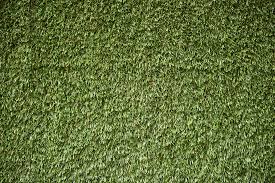
Other Bedding Ideas…
I’m sure there are other options to cushion the bottom of your Nest Boxes as well, like an old towel, blanket, clothes you no longer wear, a folded burlap sack, a piece of carpet…the list goes on. I’m guessing you have ideas of your own as well!
To learn more about other chicken coop accessories, see this article.
Like this post? Pin it
Other Considerations For Nest Boxes
How Many Nest Boxes To Make?
The suggested ratio of nest boxes to chickens is 1:5.
I started off with 8 chickens and made a nest box for each chicken. It turns out they all used the same 2 nest boxes for laying eggs! I’ve even seen 3 chickens in the same nest box at the same time – therefore, you don’t need to make too many boxes since they tend to gravitate toward the same box anyhow. If you have a big flock – obviously you’ll still want to make more.
Plan On Making More Nest Boxes Should You Decide To Increase Your Flock Size
Another thing that can happen is once you get into raising chickens, you’ll realize it’s fun! Of course when this happens you’ll want to buy more of those feathered creatures. At least that’s what happened to us. We were happy with our original 8, but loved the idea of getting more, selling the eggs etc. So over the span of 10 years we gradually increased our flock size to nearly 60.
Needless to say, I had to build more Nest Boxes.
If you decide you’d rather not go through the effort of making a nest box, there are many other places to buy nest boxes like your local farm store or online.
Thanks for visiting. Please leave a comment below. I appreciate any ideas or comments you have about building nest boxes!


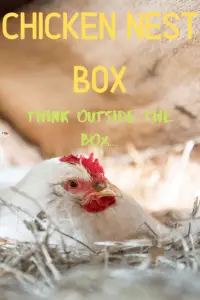
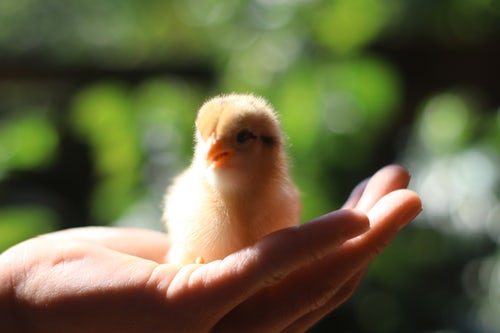
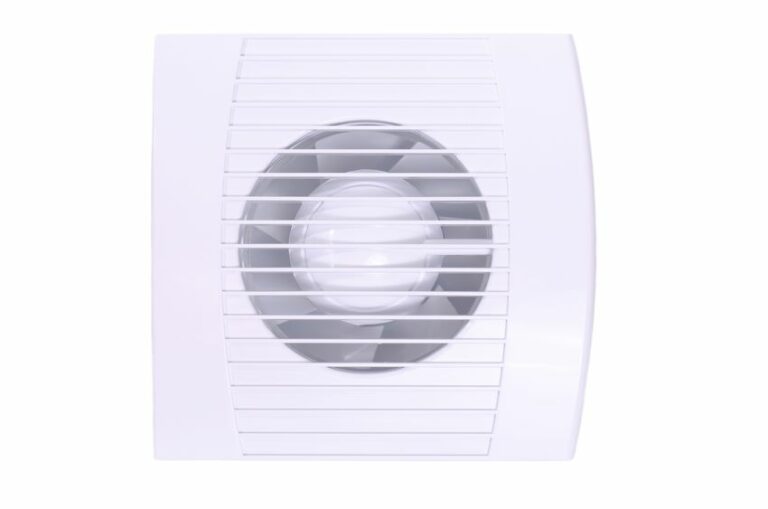
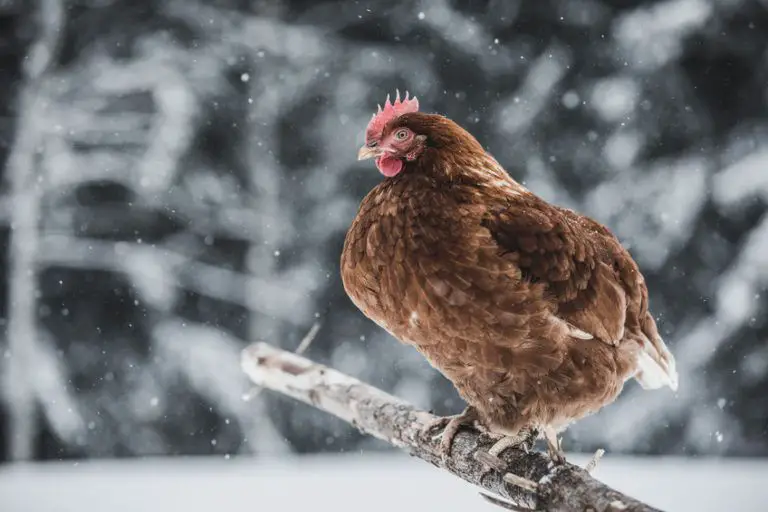
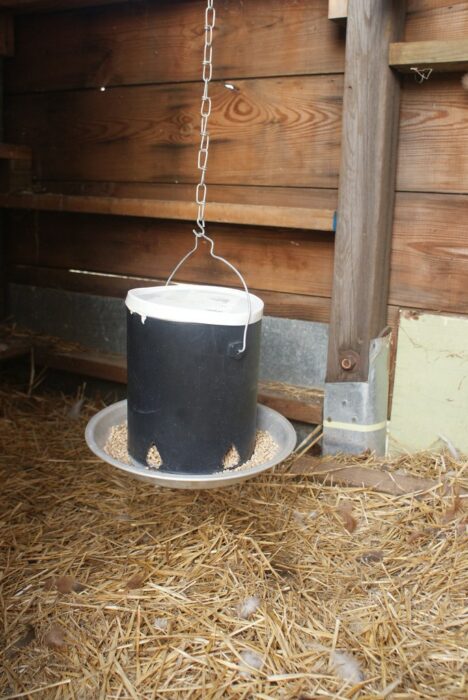


Hi Tom, Thanks for your fascinating post on chicken nest boxes. I have a few roots in the country, so I know what you are speaking about. I am a bit of a city slicker with a heart in the country. I enjoy reading about country life. Yes, it is unpleasant putting your fingers into a broken egg shell. I like the way you found substitutes for wooden nesting boxes. Plastic is so much simpler to keep clean. I don’t know, but are there any down sides to using plastic vs wood?
Keep those interesting posts coming!
Hi Carolyn – I don’t really think there are any downsides to plastic – it’s definitely easier to clean and, as long as enough padding is added to the bottom of it, it’ll work great. Wood has a “softer,” more cozy feel to me and it’s easy to build any size or shape needed. But really, if it’s large enough to hold a chicken and they take a liking to it, they may just use it to lay eggs in:) When we free ranged our chickens, we would find eggs all over the yard, an old shoe box, on top of a hay bale, etc.They don’t have the largest brains, but they can be creative at times. Thanks for your comment.
Hi Tom, I didn’t know there were so many options to build a coop. Love the buckets idea and I wouldn’t even think of using anything but straw in there but you live and learn. Do coops stop foxes or do you have to build a separate fence around your coop?
Hi Ian – A solid coop should stop fox, coyotes, raccoons, etc. but building a fence around the coop can definitely help. We live in the country and have a fenced pasture area. This is where our coop is and I think having the fence around the perimeter adds an extra measure of protection. Sure, coyotes and the like can dig under the fence but I believe it’s less likely. Thanks for your comment.